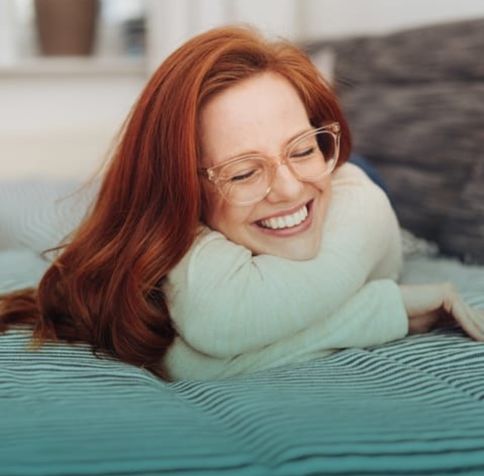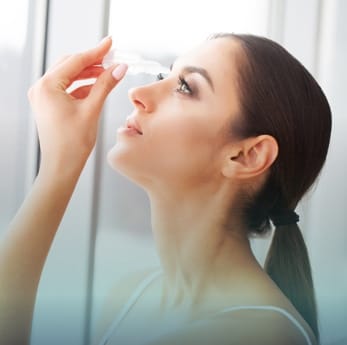Colour Blindness & Colour Vision Enhancement

Colour Blindness Changes the Way You See the World
When you don’t perceive colour as the average person does, life is more than just dull; it can also be a lot more difficult. We rely on colour for all sorts of things. From school to work, to everyday tasks like driving; colour is a large part of how we communicate. When you cannot see a full range of colours, the world’s colour based systems can be terribly isolating.


What is Colour Blindness
Your eyes perceive colour with a series of light-sensitive cells in the retina called cones. Normal eyes have three types of cones; each one is programmed to detect certain wavelengths (or colours) of light.
Colour blindness (or more accurately, colour deficiency) occurs when: One type of cone doesn’t function correctly, one type of cone doesn’t function at all or there are no functioning cone cells whatsoever.
In most cases, colour blind patients can see colour to some degree. The colours a person can detect and how well they can detect them depends on what type of colour blindness they have.

Types of Colour Blindness

Who is Affected?
Color vision deficiency (CVD) affects millions of people worldwide. Men are most commonly affected with 1 in 12 having some form of CVD while the prevalence in women is 1 in 200. Most people who suffer from CVD are not blind to colour, but have a reduced ability to see them.
























